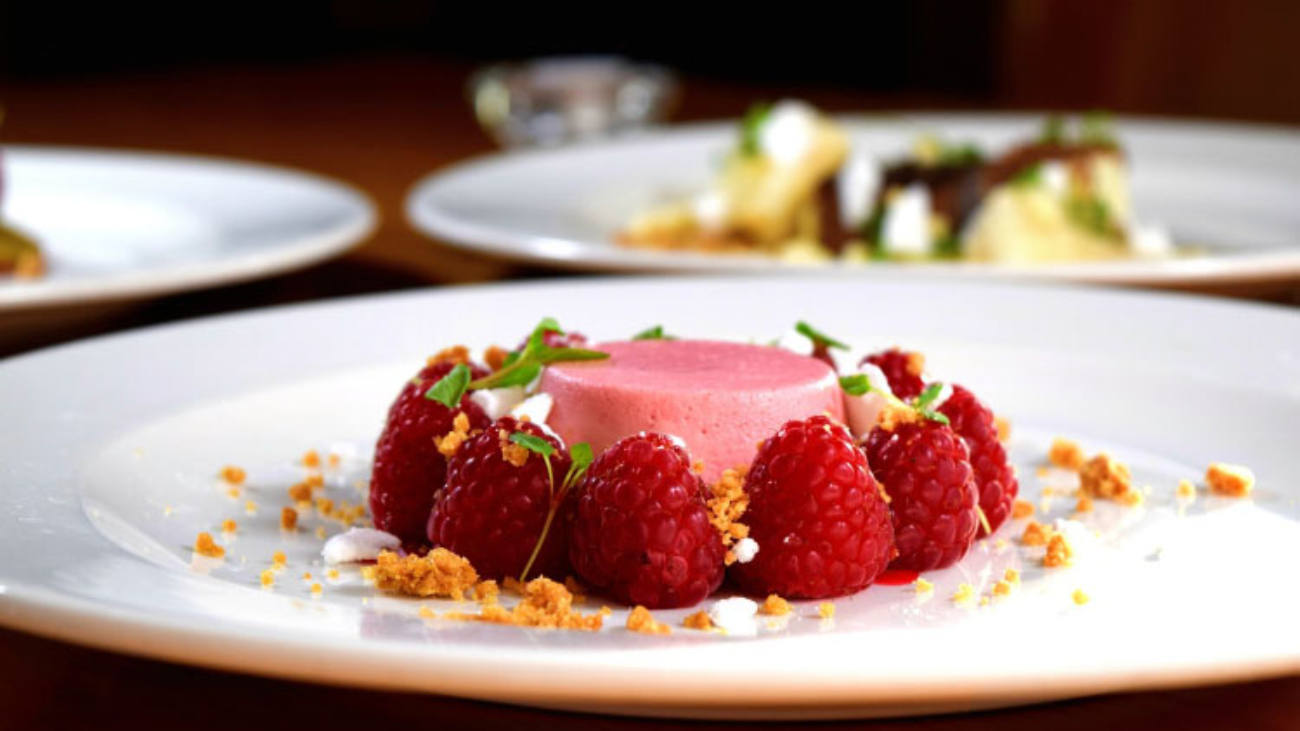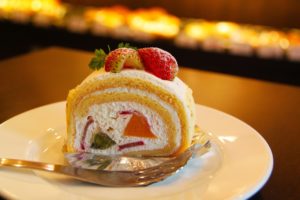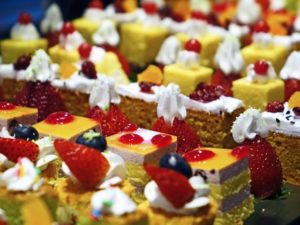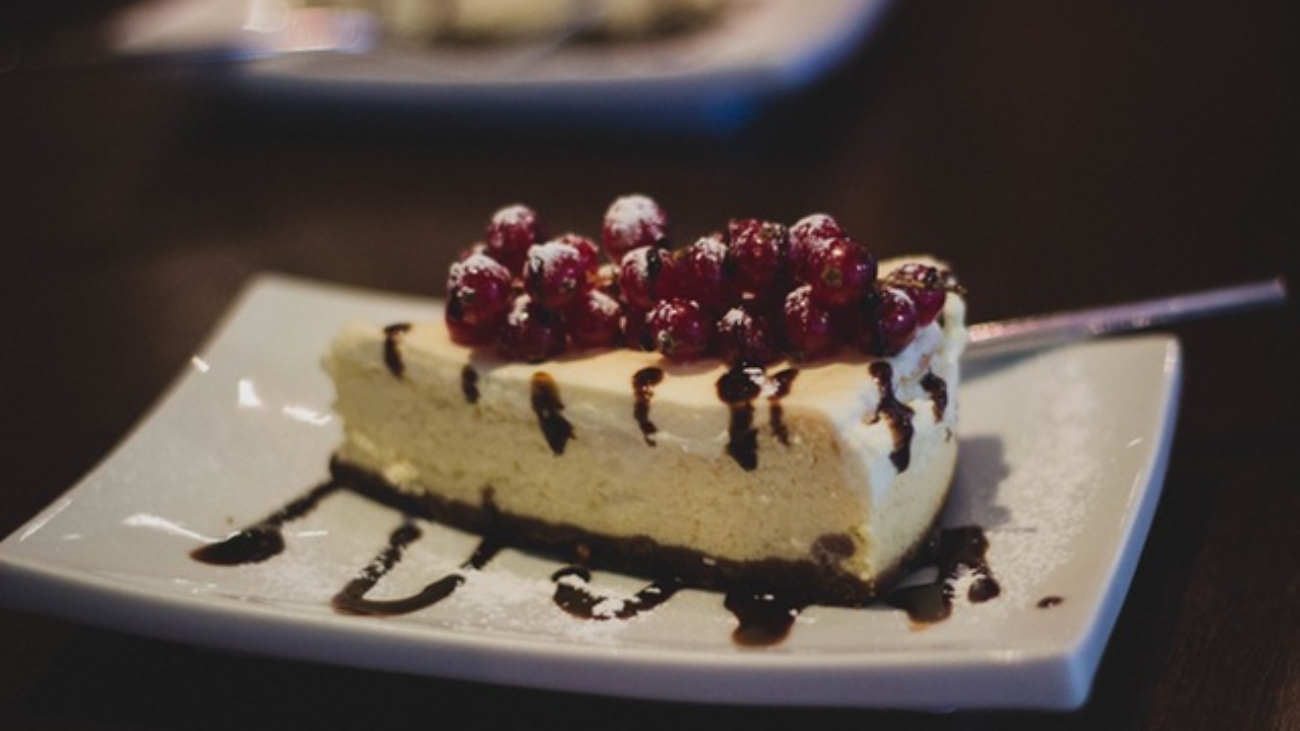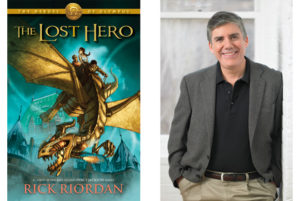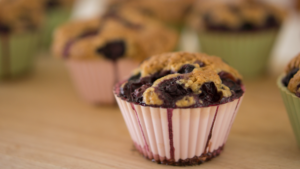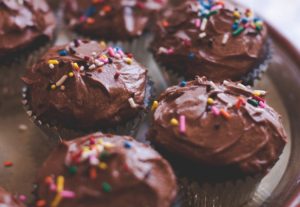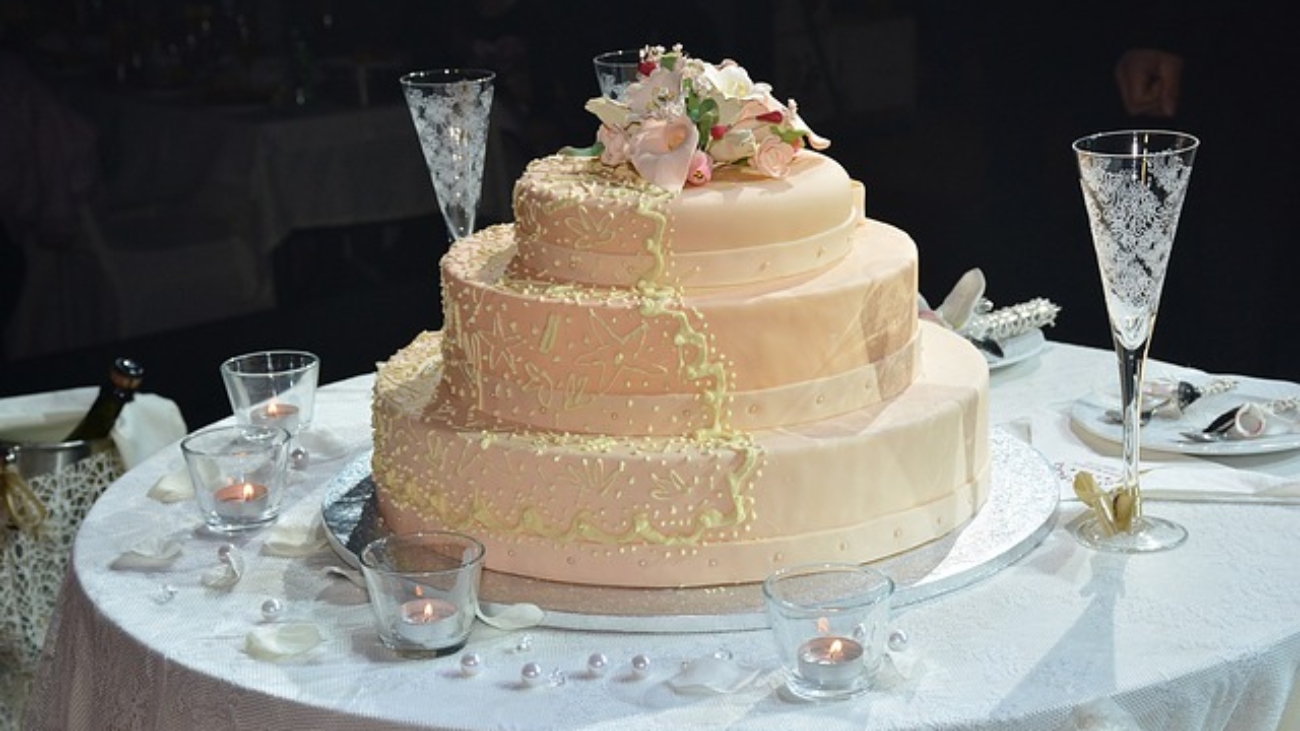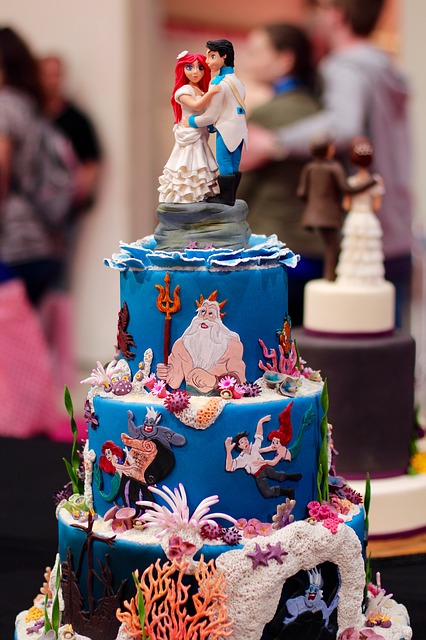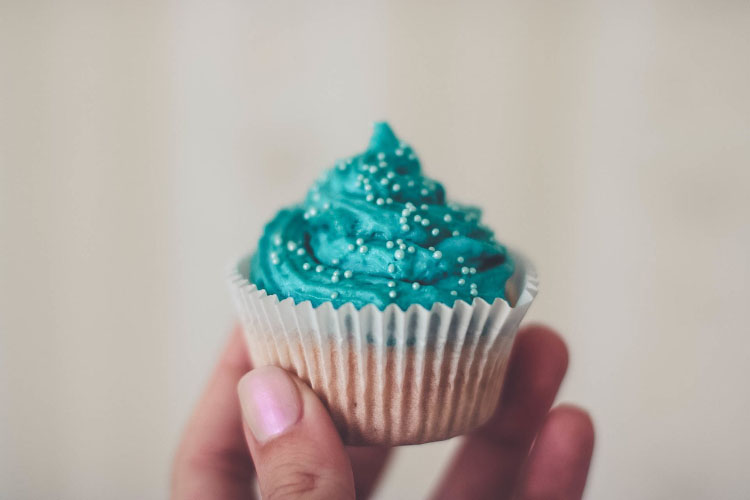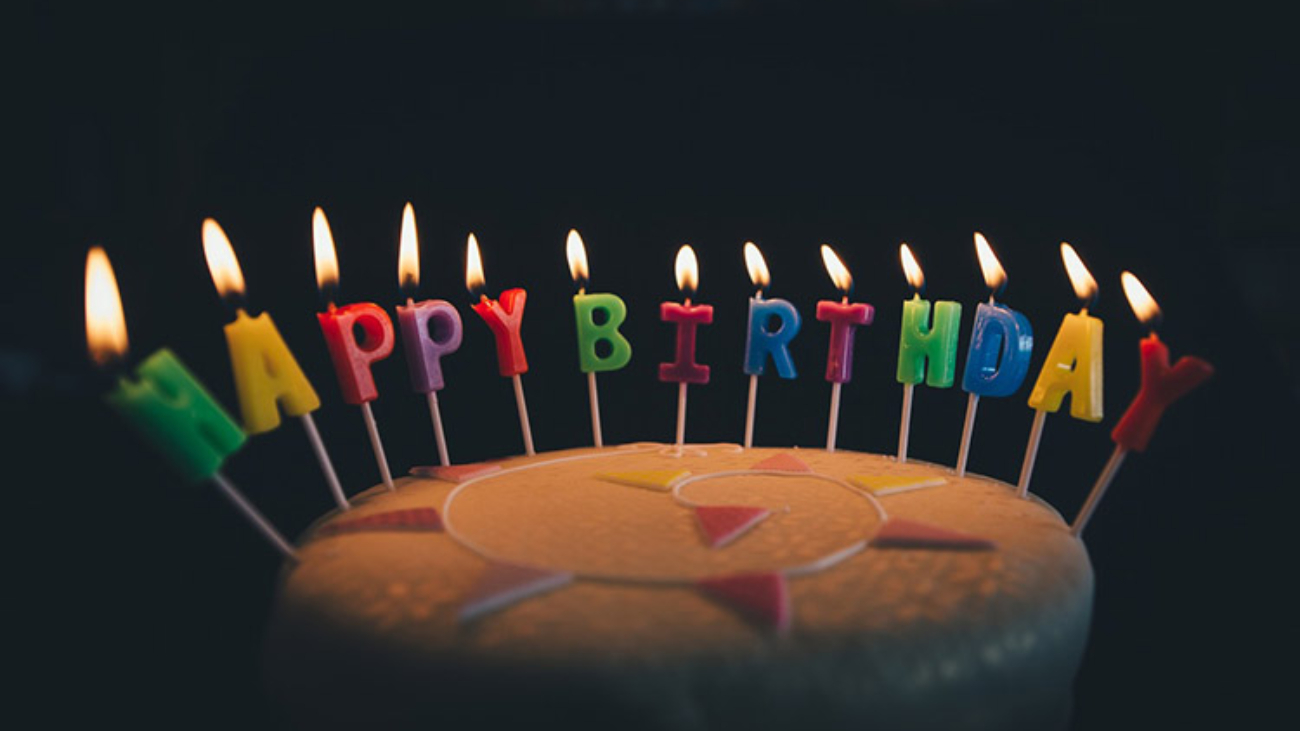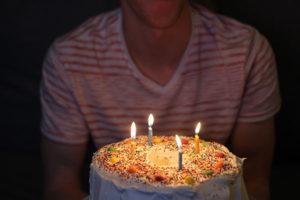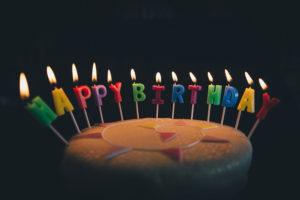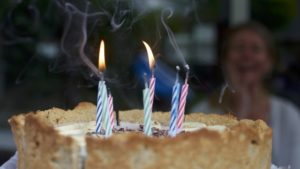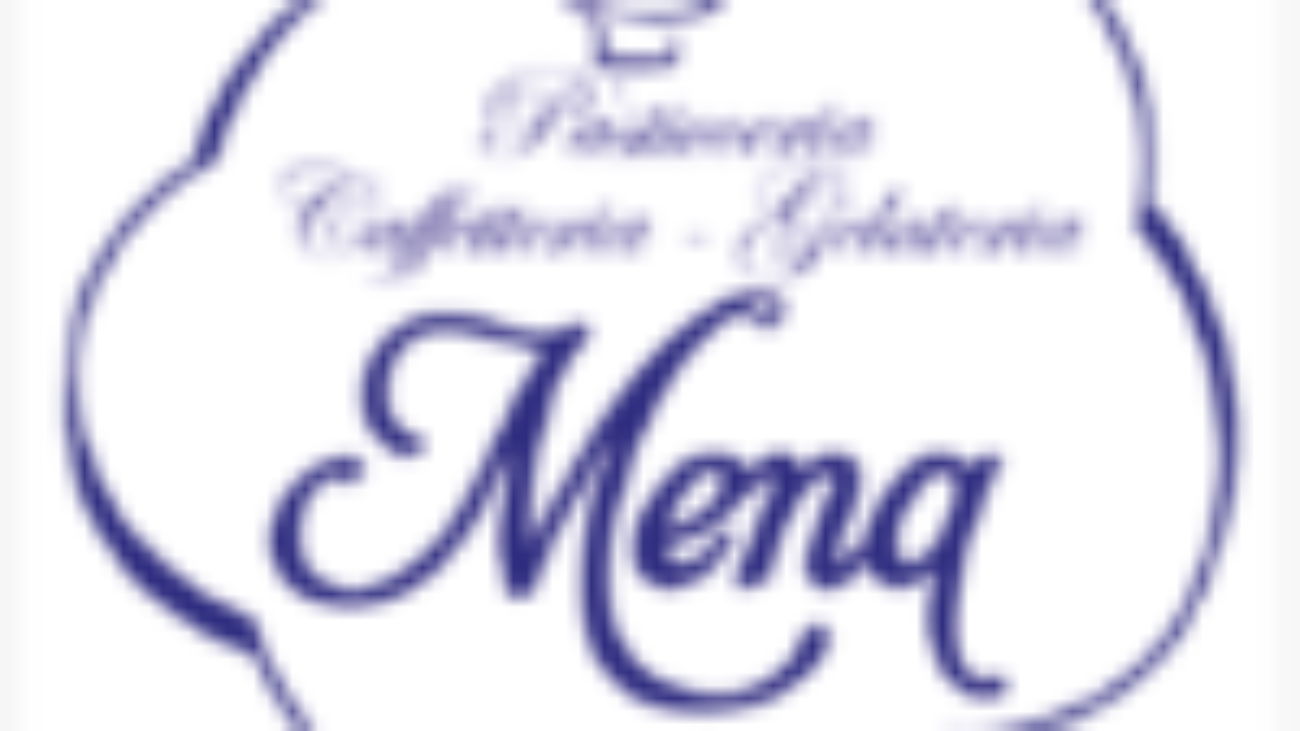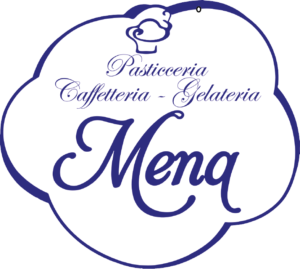Strawberry Cake is a live album and 53rd overall album by country singer Johnny Cash, released on Columbia Records in 1976. The album includes numerous pieces of between-song stage banter. The album includes several of Cash’s most well-known early songs, such as “Big River”, “I Still Miss Someone” and “Rock Island Line”, as well as a number of more obscure compositions, some of which were performed by Cash for the first time; this includes “Strawberry Cake” and “Navajo”. The title track was released as a single, but did poorly on the charts, peaking at No. 54.
The concert was held and recorded at the London Palladium on September 21, 1975. An IRA bomb threat warning given as June Carter Cash started to sing “The Church in the Wildwood” meant the theatre had to be evacuated but the show continued after the building was searched.
- Pineapple cake
The bomb threat announcement and subsequent evacuation order is included on the recording and is in fact a “hidden” track and is not listed on the record sleeve or CD cover. Later, prior to the performance of “Destination Victoria Station,” June Carter Cash is heard joking that the threat might have been made because she was about to sing.
Track 7 is mislabelled on the sleeve as “Dialogue” but is in fact a comedic a capella duet performance by Cash and June Carter Cash of “Another Man Done Gone”, a song Cash had recorded for Blood, Sweat and Tears. Prior to performing “Rock Island Line”, a song Cash recorded for Sun Records, singer Lonnie Donegan, who had a major US hit with the song, is introduced in the audience.
“Let’s face it, a nice creamy chocolate cake does a lot for a lot of people; it does for me.”
— Audrey Hepburn
During the Great Depression, there was a surplus of molasses and the need to provide easily made food to millions of economically depressed people in the United States. One company patented a cake-bread mix in order to deal with this economic situation, and thereby established the first line of cake in a box. In so doing, cake as it is known today became a mass-produced good rather than a home- or bakery-made specialty.
Later, during the post-war boom, other American companies developed this idea further, marketing cake mix on the principle of convenience, especially to housewives. When sales dropped heavily in the 1950s, marketers discovered that the cake in a box rendered the cake-making function of housewives relatively dispiriting. This was a time when women, retired from the war-time labor force, and in a critical ideological period in American history, were confined to the domestic sphere and oriented towards the freshly blossoming consumerism in the US. In order to compensate for this situation, the marketing psychologist Ernest Dichter ushered in the solution to the cake mix problem: frosting.
Deprived of the creativity involved in making their own cake, within consumerist culture, housewives and other in-home cake makers could compensate by cake decoration inspired by, among other things, photographs in magazines of elaborately decorated cakes.

